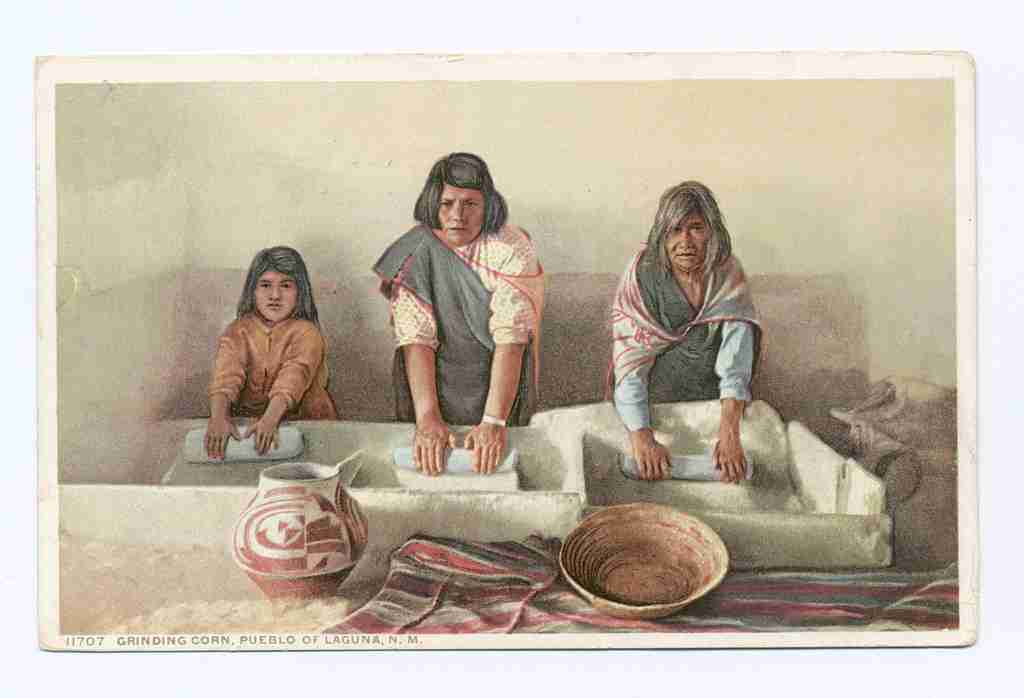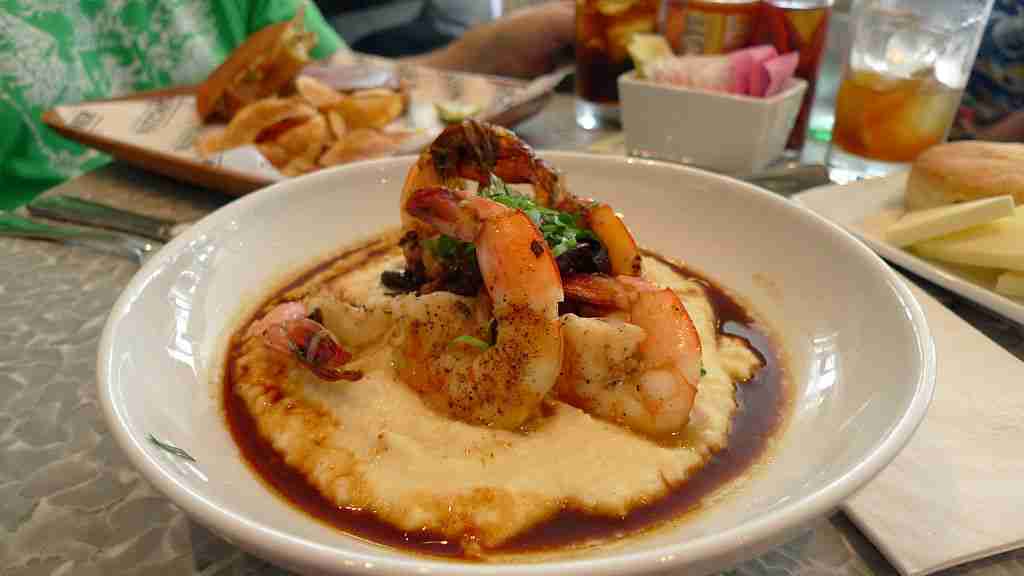Grits: The Mashed Potatoes of the South

Imagine you’re in an Appalachian kitchen, the aroma of a hearty breakfast wafting through the air. The scent of sizzling bacon mingles with the rich, buttery fragrance of grits bubbling on the stovetop. But grits aren’t just breakfast food. When it comes to dinner, grits can easily step in where you might typically find potatoes. Meat, fish, and fowl entrees pair wonderfully with a side of grits, offering that same comforting, starchy satisfaction you’d expect from potatoes. Picture a Shepherd’s pie, but a creamy layer of grits tops the savory filling instead of mashed potatoes. Imagine a plate of meatloaf or roasted chicken, each bite enhanced by a mound of grits with gravy on the side. This unassuming corn-based dish is a Southern staple, deeply woven into the fabric of Appalachian culinary traditions. In the Blue Ridge Mountains, grits are as common as potatoes in Ireland.
Curious how that came to be? Let’s dig into how corn took root in the mountains and became a Southern culinary mainstay and a new canvas for gourmet chefs.

Corn: The Appalachian Staple
Indigenous peoples, like the Cherokee, were growing corn and grinding them into grits long before European settlers arrived. They understood the rugged Appalachian terrain and rocky soil better than anyone. Potatoes? Not so much. They need soft, rich soil—something you won’t find much of in the mountains. Corn, though, could thrive in those conditions. When settlers moved in, they quickly learned from the locals. Corn became the backbone of Appalachian agriculture.
Rocky Soil Challenges
Growing potatoes in Appalachia was like trying to make wine out of rocks. The mountains are beautiful, sure, but they’re not exactly potato-friendly.
Picture trying to plant potatoes in a field strewn with rocks. You’d spend more time digging out stones than planting. Sure, you might get a few spuds, but it was hardly worth the effort. They’ll grow, sure, but it’s too much work for the food you get in return. Potatoes grow better in a barrel of loamy soil. It’s a smaller crop, but a lot less work.
On the other hand, corn was tough enough to take root in the rocky ground, sprout, soak up the sunshine, grow tall, and be easy to harvest. Corn was a sure bet for feeding a family all year. It’s no wonder Appalachian farmers turned to it so readily. It was reliable, adaptable, and, most importantly, it thrived in the local soil.
Economic Factors
Economically, growing corn over potatoes in Appalachia made sense. Corn was abundant and easy to store. It could be dried and kept for months, ground into meal, or used to feed livestock. It could also be turned into the mountains’ #1 cash crop: corn liquor (moonshine). Potatoes were trickier. They didn’t store as well and were more susceptible to disease. Corn was the crop that kept families fed through the harsh winters.

Grits in Contemporary Southern Cuisine
Today, grits are enjoying a bit of a renaissance. You’ll find them in high-end restaurants, often dressed up with gourmet ingredients like shrimp, cheese, and bacon. But at their core, they’re still the same simple, hearty dish that fueled generations of Appalachian families. Whether served as a side dish or the star of the show, grits have earned their place in Southern culinary tradition.
Grits: It’s What’s for Breakfast, Lunch, or Dinner
I remember visiting my great-grandmother’s cabin in the Blue Ridge Mountains as a boy. Grits were always on the table. Mornings meant collecting and scrambling fresh eggs and serving them with grits and biscuits. Dinner often featured grits with fried chicken or ham. Grits were easier to store and cook than potatoes, so they were the go-to side dish.
I grew up eating simple meals. Over the years, I’ve embraced a variety of international cuisines and cooking methods. Now, in my retirement, I’ve returned to simpler ways of eating, and grits are a regular part of my diet. It’s my favorite comfort food.
So, next time you sit down to a bowl of grits, think about the journey that brought them to your table. From the rocky fields of Appalachia to the modern Southern kitchen, grits have been a steadfast companion. Grits are more than just a side dish; they’re a slice of history, and a taste of tradition.
Grits: the mashed potatoes of the South? Absolutely. And then some.


Comments are closed.